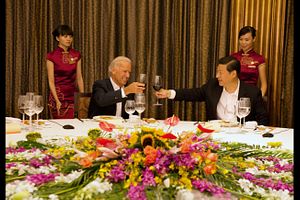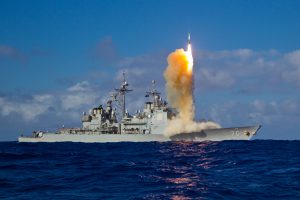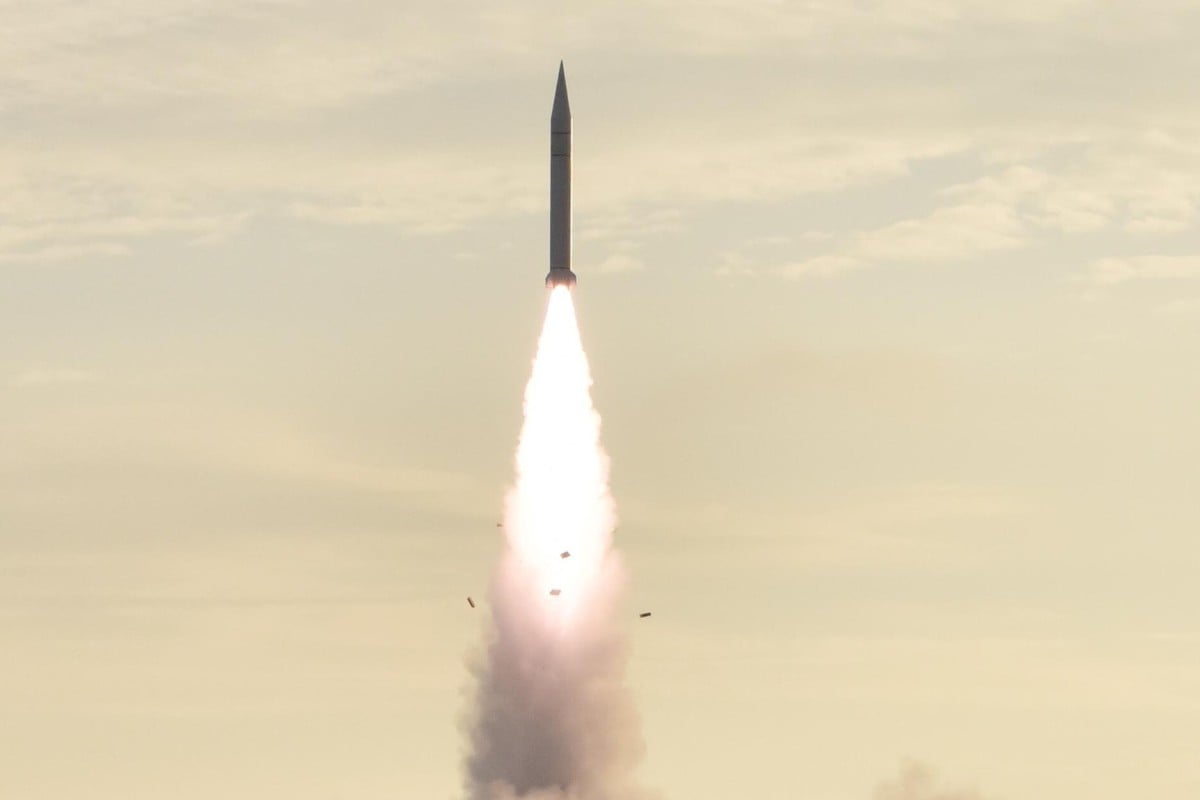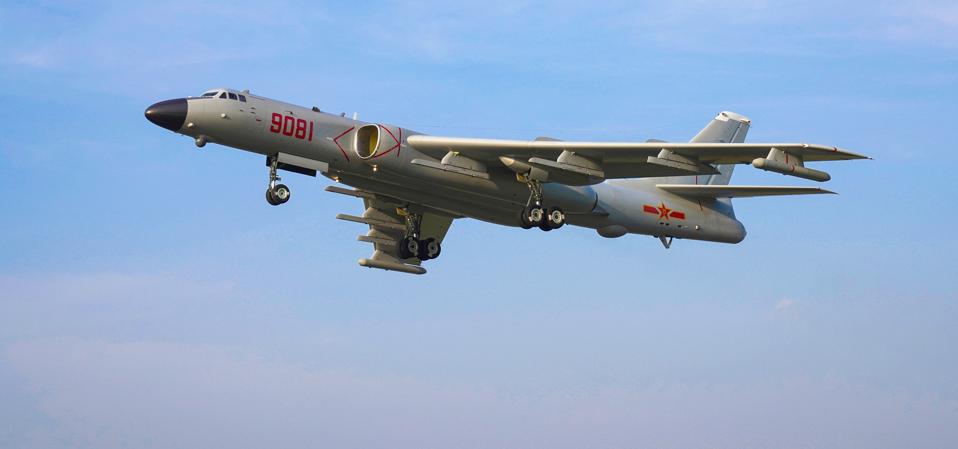By Noshir Kaka, Anu Madgavkar, Alok Kshirsagar, Rajat Gupta, James Manyika, Kushe Bahl
With more than half a billion internet subscribers, India is one of the largest and fastest-growing markets for digital consumers, but adoption is uneven among businesses. As digital capabilities improve and connectivity becomes omnipresent, technology is poised to quickly and radically change nearly every sector of India’s economy. That is likely to both create significant economic value and change the nature of work for tens of millions of Indians.
In Digital India: Technology to transform a connected nation (PDF–3MB), the McKinsey Global Institute highlights the rapid spread of digital technologies and their potential value to the Indian economy by 2025 if government and the private sector work together to create new digital ecosystems.
Section 1
India's consumers are taking a digital leap
By many measures, India is well on its way to becoming a digitally advanced country. Propelled by the falling cost and rising availability of smartphones and high-speed connectivity, India is already home to one of the world’s largest and fastest-growing bases of digital consumers and is digitizing faster than many mature and emerging economies.
















